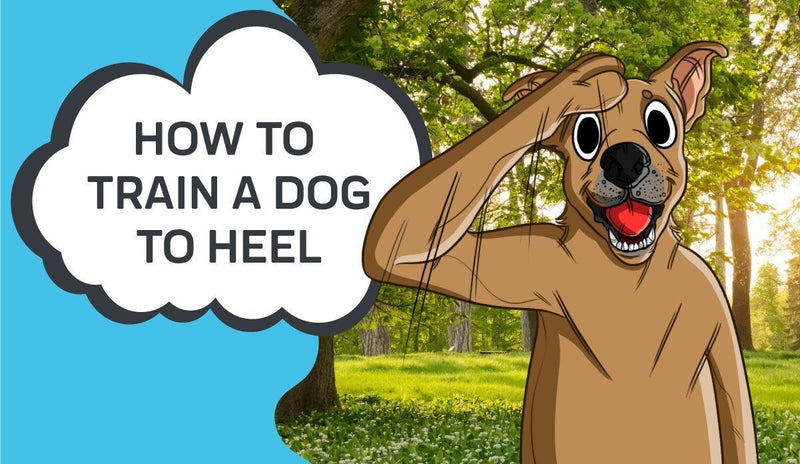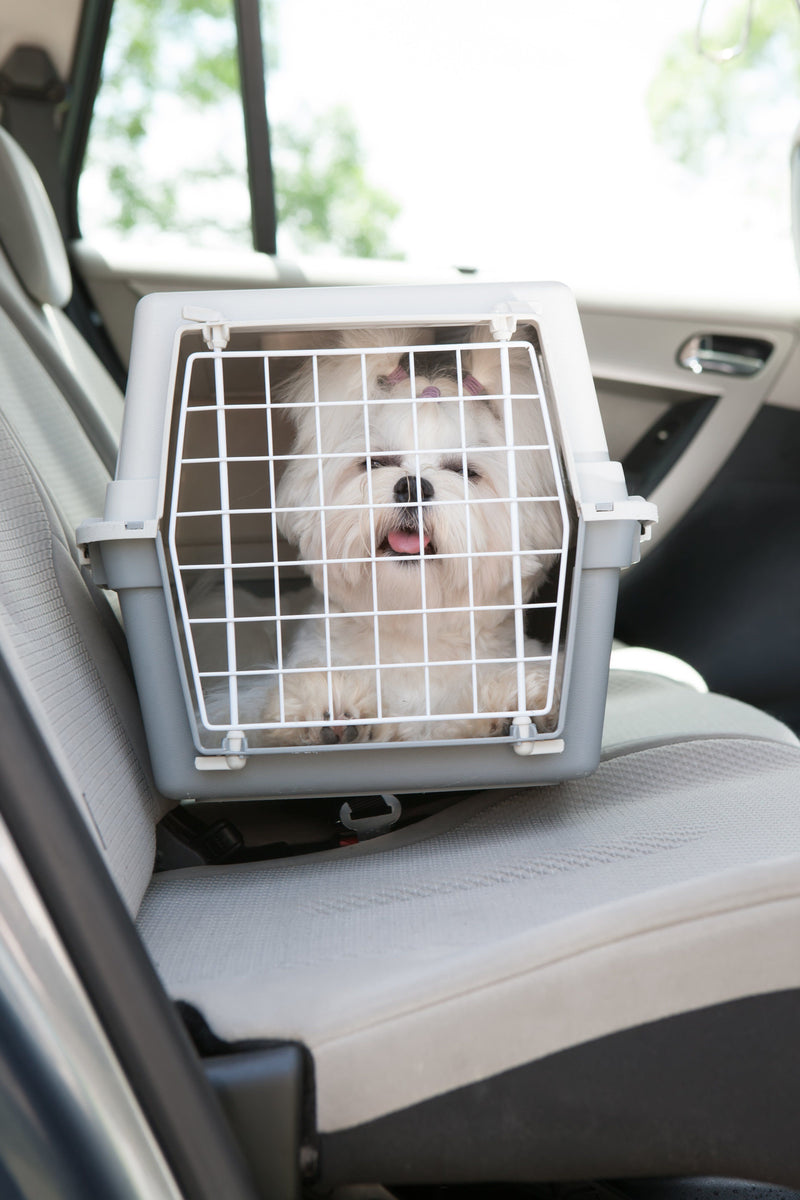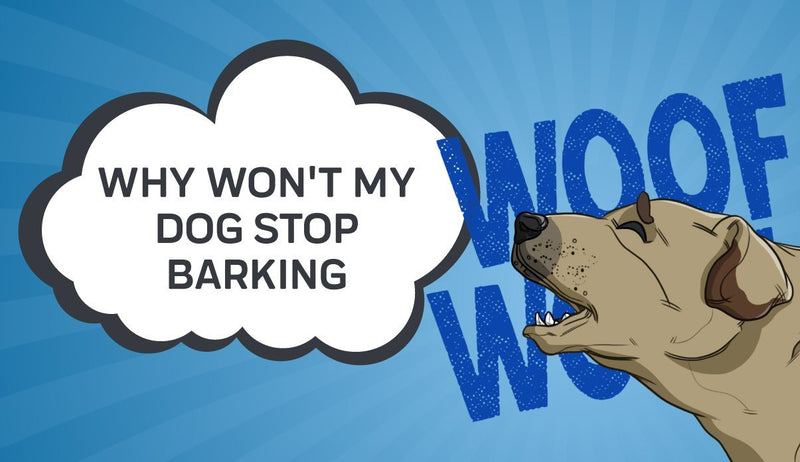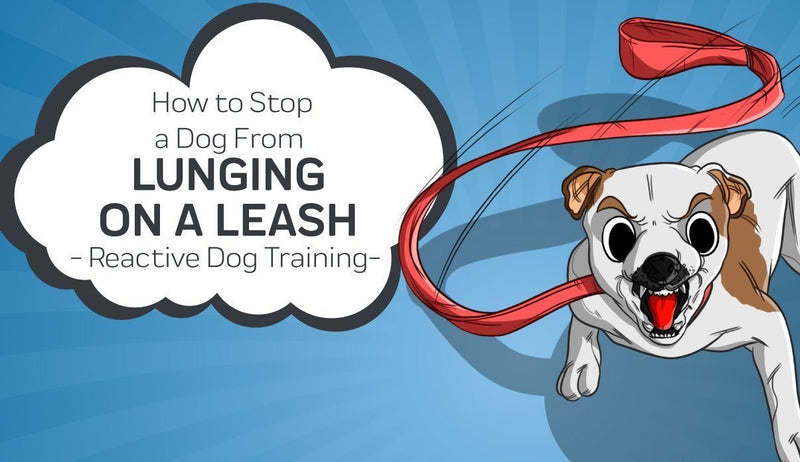How to Train your Dog
![]() Reading Time:
Reading Time:

Behavior modification is the process of altering how an animal behaves around his/her environment. Usually, people believe that behavior modification is very time-consuming. But, in many cases, teaching a dog requires zero to very little time. How come? You may be asking. Behavior modifications occur constantly even when we do not realize it. If we do not understand how dogs learn we could be encouraging unwanted behaviors without knowing it. Dr. Karen L. Overall, a certified animal behaviorist at the Penn Med Translation Research Laboratory, says that in order to change an animal's behavior we need to follow three steps.
Step 1. What is normal signaling?
Step 2. What signals are associated with the problem that we want to modify?
Step 3. What signals precede the problem that we want to change?
Dr. Overall explains this concept using the following example:
Humans tend to gain weight when they eat in excess as an evolutionary strategy to store energy and use it when the resources are short. When people want to loose weight, they need to modify their behavior and eating habits.
Step 1 consists on knowing that normally we should only eat enough to satisfy our hunger (this is the normal signaling).
Step 2 is recognizing that if we want to loose weight we need to change the signals that are leading to overeating.
Finally, Step 3 is recognizing which signals are leading to overeating; for example, this could be watching a TV commercial about food or stress. If it's the act of watching TV and anticipating the commercial and food breaks that is associated with overeating, removing the TV from the equation can help.
What Does Reinforcement Mean?
Reinforcement is defined as a consequence that will strengthen an organism's future behavior whenever that behavior is preceded by a specific antecedent stimulus. This strengthening effect may be measured as a higher frequency of behavior (e.g., pulling a lever more frequently), longer duration (e.g., pulling a lever for longer periods of time), greater magnitude (e.g., pulling a lever with greater force), or shorter latency (e.g., pulling a lever more quickly following the antecedent stimulus). One of the many ways in which people and animals learn is through operant conditioning The definition of operant conditioning is learning by reinforcement.
The two most common types of reinforcement are positive reinforcement and negative reinforcement. In this context, the words positive and negative do not mean good or bad, they refer to adding (positive) or removing (negative) a stimulus in order to reinforce desirable behavior. In addition, negative reinforcement is different from punishment and these terms should not be confused (we will talk more about punishment later).
In order to positively reinforce the desired behavior, we should give a reward to our dog each and every time he/she does the desired behavior. For example, if when a child completes his/her chores, the mother gives him/her ice cream, then the child will associate doing the chores with something positive. On the other hand, in negative reinforcement something is removed whenever the undesired behavior occurs. For example, some cars have an alarm that sounds if you do not have your seatbelt on, when you put it on the alarm stops, this is a negative reinforcement
Tips To Effectively Train Your Dog
- Start giving a good example. If you want your dog to stop a behavior, you should stop doing it too.
- Use clear signaling and a humane set of rules that are doable for your dog.
- Use signals that your dog can understand, in other words, speak your dog’s language.
- Clearly define a rewards structure and appropriately reinforce it at all times. Remember that this rewards system should be consistent.
- Avoid punishment, shrieking, yelling, and throwing things, since these will only lead to a fearful dog.
About the author

Dr. Stephanie Flansburg-Cruz practices mixed animal veterinary medicine and she has a special interest in shelter medicine and animal welfare. Stephanie enjoys volunteering at local animal shelters, reading, writing and traveling.
Sources:
McShane, S. (2018). Organizational Behavior. McGraw-Hill Education. Retrieved from https://www.mheducation.com/highered/product/organizational-behavior-mcshane-von-glinow/M9781259562792.html
Gilston, A. (2016). Reinforcements in Psychology: Definition & Examples. Retrieved from: https://study.com/academy/lesson/reinforcements-in-psychology-definition-examples-quiz.html#transcriptHeader.















